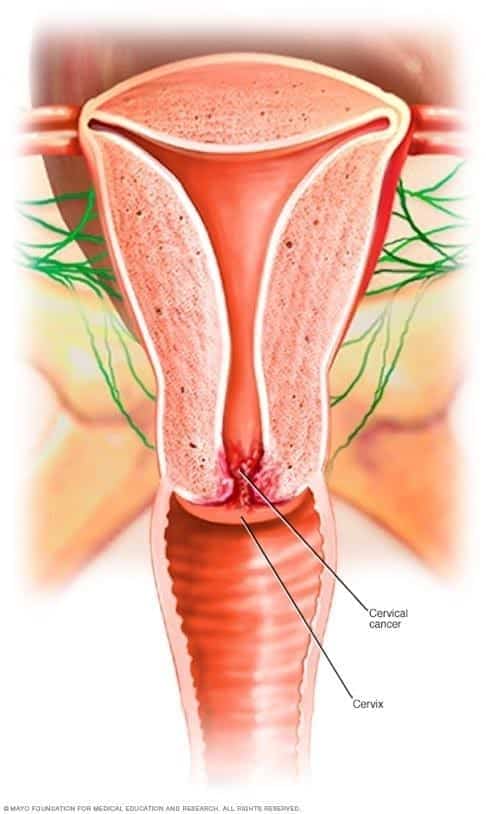Buyers Guide
Cervical Cancer

What is Cervical Cancer?
What are the Signs and Symptoms of Cervical Cancer?
How is Cervical Cancer Prevented and Treated?
“Through cost-effective, evidence-based interventions, including human papillomavirus (HPV) vaccination of girls, screening and treatment of precancerous lesions, and improving access to diagnosis and treatment of invasive cancers, we can eliminate cervical cancer as a public health problem and make it a disease of the past.”
Dr Tedros Adhanom Ghebreyesus, Director-General, World Health Organization
Screening and Treatment Technologies
Screening for cervical cancer detects an HPV infection or pre-cancerous lesions which can be more easily treated to prevent progression to cancer or identify cancer at an earlier stage which increases likelihood for successful treatment (cure). Precancerous lesions can take many years to develop, hence the value in screening for every woman aged 30 and older at regular intervals.
According to the World Health Organization, there are 3 different types of screening tests that are currently recommended:
- Conventional (Papsmear) test and liquid-based cytology (LBC) which requires laboratory infrastructure
- HPV DNA testing for high-risk HPV types
- Visual inspection with Acetic Acid (VIA) to identify precancerous lesions
It is important that any screening is linked to treatment and the appropriate management of positive results.
Treatment (Ablation) of Pre-Cancerous Lesions can be done either through cryotherapy or through thermal ablation; both destroy abnormal tissues and both can be provided in an outpatient clinical environment. Loop Electrosurgical Excision Procedure (LEEP), when available, is effective but may be limited in resource-constrained settings.
- Cryotherapy is one of the ablative treatments recommended by the World Health Organization (WHO). The approach uses a very cold chemical on the cells to freeze them and then remove them, removing the lesion or cells and enabling normal ones to grow back in that location. Cryotherapy can be performed by primary health care providers and without anesthesia. There are some logistical challenges with cryotherapy, however- it requires a refrigerant gas (N2O or CO2) that comes in bulky and heavy containers, making them harder to transport and expensive to refill.
- Thermal ablation, also called “cold coagulation” or thermocoagulation, is another ablative treatment for pre-cancerous lesions and one of the recommended treatments by the WHO. This approach uses a metallic probe that is electrically heated and applied to the abnormal cells for 20-40 seconds (and may be repeated). The equipment for thermal ablation, compared to cryotherapy devices, more simple and lightweight, making it easier to take to field clinics or in screen and treat campaigns. Like cryotherapy, thermal ablation is provided by a variety of health care personnel, including primary health care workers, and typically performed without anesthesia.
The choice of LEEP, cryotherapy, or thermal ablation should be considered with regards to the infrastructure and resources in a facility, as well as the training and expertise of the health care providers.
What Products does VIA Global Health Sell for Cervical Cancer?
VIA Global Health is committed to supporting health systems access affordable and appropriate medical products to improve the health in their communities. Products included in our Buyers Guides are available for purchase at VIA Global Health.
References and Acknowledgments
(1) World Health Organization, 2020. Global strategy to accelerate the elimination of cervical cancer as a public health problem https://www.who.int/publications/i/item/9789240014107
